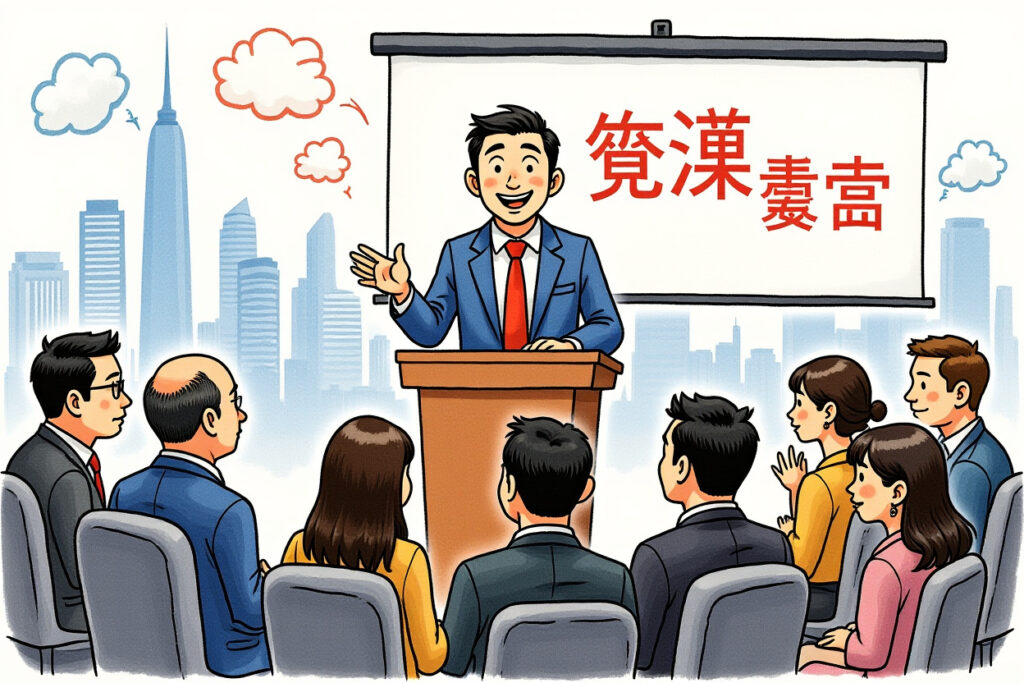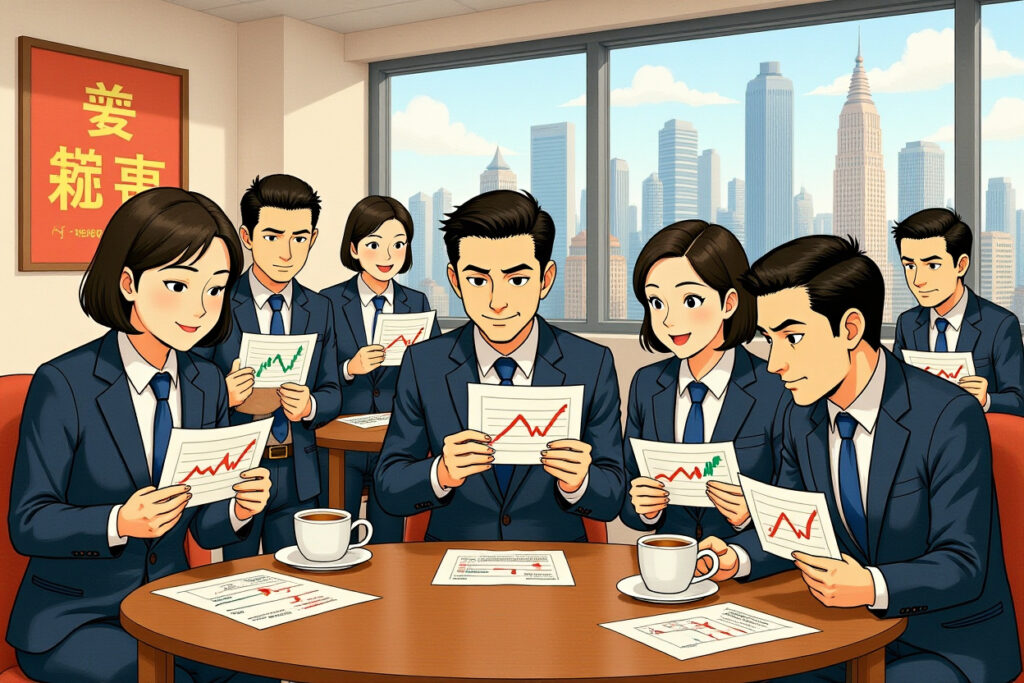Shanghai’s Premier Luxury Development Shows Unexpected Wear
Tomson Riviera (汤臣一品), the legendary Shanghai luxury residential complex that has long symbolized China’s ultra-high-end property market, is facing unprecedented scrutiny after images of its aging exterior surfaced on social media. The apparent deterioration of the building’s aluminum curtain walls has sparked intense debate among property experts, investors, and luxury homebuyers about maintenance standards at the pinnacle of China’s real estate market.
Social Media Revelation Triggers Market Discussion
On September 12, the hashtag #汤臣一品老化迹象# (#TomsonRivieraAgingSigns) trended on Weibo, China’s equivalent of Twitter, after multiple users posted photographs showing visible signs of wear on the building’s exterior. The images revealed staining, discoloration, reduced gloss levels, and in some areas, rust marks and minor peeling that create a “weathered appearance” upon close inspection.
The Tomson Riviera Phenomenon: Benchmark of Chinese Luxury
Since its initial presale in October 2005 at 110,000 RMB per square meter, Tomson Riviera has represented the absolute peak of mainland China’s luxury residential market. The development consists of four towers—two 40-story and two 44-story buildings—containing just 220 units ranging from 434 to 1,206 square meters, all designed with villa-level specifications.
Architectural Layout and Current Market Status
The complex’s layout includes Towers A and D offering one unit per floor with approximately 597 square meters for simplex units and 824-986 square meters for duplexes. Towers B and C feature two units per floor with simplex units around 435 square meters and duplexes ranging from 605 to 1,206 square meters. According to the official Tomson Riviera website, Towers A and C remain available for sale while Towers B and D are offered for lease.
Market Position and Pricing Evolution
Tomson Riviera established itself as Shanghai’s premier riverside luxury property when it set China’s luxury price record at 130,000 RMB per square meter in 2006. The development occupies a prime position in Lujiazui, Shanghai’s financial district, offering residents 180-degree panoramic views of the Huangpu River and historic architecture across the waterway.
Current Pricing and Transaction History
According to data from Beike Zhaofang (贝壳找房), China’s leading property platform, Tomson Riviera currently lists at an average price exceeding 280,000 RMB per square meter, with all available properties priced above 100 million RMB. The most recent verifiable transactions date back to 2015, when two units exceeding 430 square meters with four bedrooms and two living rooms sold in June and November of that year.
Maintenance Concerns and Property Management Response
The visible aging of Tomson Riviera’s exterior has raised significant questions about maintenance standards at ultra-luxury developments, particularly given the property’s relatively young age of under 20 years. The apparent deterioration appears more advanced than comparable international luxury properties of similar age, surprising market observers.
Property Management Stance on Renovation Plans
On September 12, property management staff at Tomson Riviera confirmed that no exterior renovation or refurbishment plans were currently in place. This statement sparked further debate online, with many questioning how such maintenance standards align with the property’s premium positioning and pricing.
Historical Issues and Quality Concerns
This isn’t the first time Tomson Riviera has faced public scrutiny over quality issues. In recent years, the property has appeared in news headlines primarily for two reasons: foreclosure auctions and water leakage problems.
Recent Foreclosure Auction and Pricing Discount
In January of this year, Unit 4201 in Tower 5 along with an underground parking space (including renovations and furniture) sold after initially failing to attract buyers at a higher price. The property eventually sold for 173.5 million RMB after 112 bids, representing approximately 226,200 RMB per square meter. Notably, this final price represented a 27% discount to the property’s assessed value of 239 million RMB.
Previous Maintenance Issues and Resident Complaints
In 2022, multiple media outlets reported on a long-term resident, Mr. Chen, who purchased an 18th-floor unit in Tower 8 for over 95 million RMB in 2010. According to reports, Mr. Chen experienced repeated flooding and sewage backup incidents over more than a decade of ownership despite paying monthly management fees of 8,925 RMB for his 595-square-meter unit—totaling 535,500 RMB over five years.
Broader Implications for China’s Luxury Real Estate Market
The situation at Tomson Riviera raises important questions about maintenance standards and long-term value preservation in China’s luxury property sector. As the benchmark against which other luxury developments measure themselves, Tomson Riviera’s maintenance challenges could have ripple effects throughout the high-end market.
Investment Considerations for Luxury Properties
– Physical deterioration can significantly impact property values even in prime locations
– Maintenance costs and standards must align with premium pricing
– Property management quality becomes increasingly important as buildings age
– Resale value depends on both original quality and ongoing maintenance
Looking Forward: The Future of Ultra-Luxury Property Maintenance
The discussion around Tomson Riviera’s aging exterior highlights a critical aspect of luxury real estate investment that often receives insufficient attention: long-term maintenance and preservation of value. As China’s premium property market matures, investors and residents will increasingly focus on how well these iconic buildings maintain their condition over time.
Industry Standards and Best Practices
The real estate industry, particularly at the luxury end, must develop more robust standards for long-term maintenance and periodic refurbishment. Properties positioning themselves as ultra-premium offerings must demonstrate corresponding commitment to maintenance that justifies their price points and preserves value for owners.
The situation at Tomson Riviera serves as a reminder that even the most prestigious addresses require diligent upkeep. For investors considering luxury property acquisitions, thorough due diligence should include assessment of maintenance histories, property management quality, and planned capital improvements—not just location and original construction quality.
As China’s property market continues to evolve, the ability of luxury developments to maintain their physical condition and prestige over decades will increasingly separate truly exceptional properties from merely expensive ones. The market will be watching closely to see how Tomson Riviera addresses its current challenges and what precedent it sets for the entire luxury sector.




